-

-

-

-
Works
-
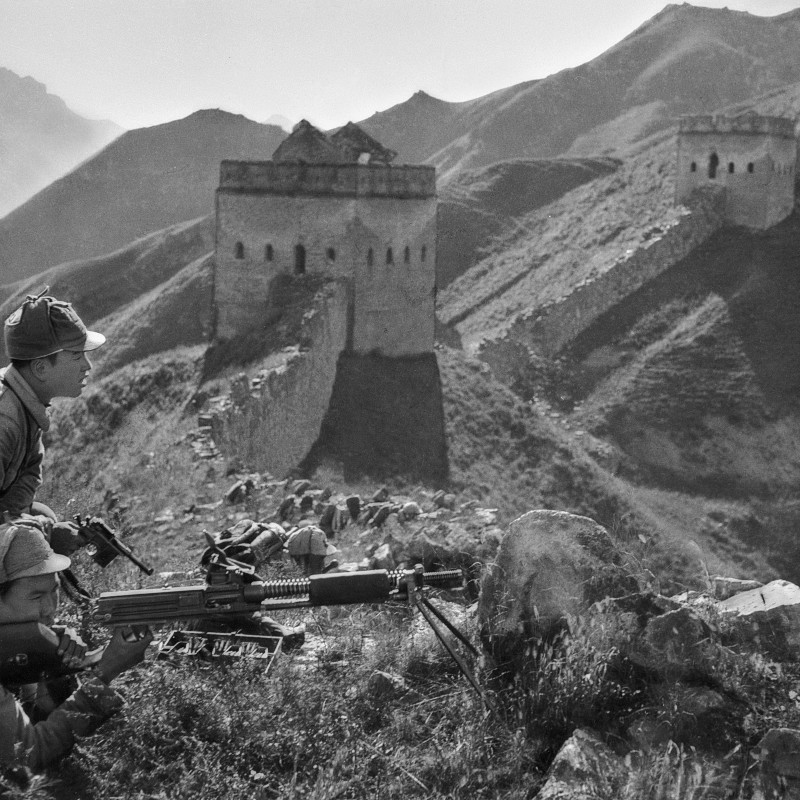
Sha Fei, The Eighth Route Army Fighting on the Great Wall, 1937. Courtesy of Ms. Wang Yan, Thanks to the Art Museum of Beijing Fine Art Academy.
-
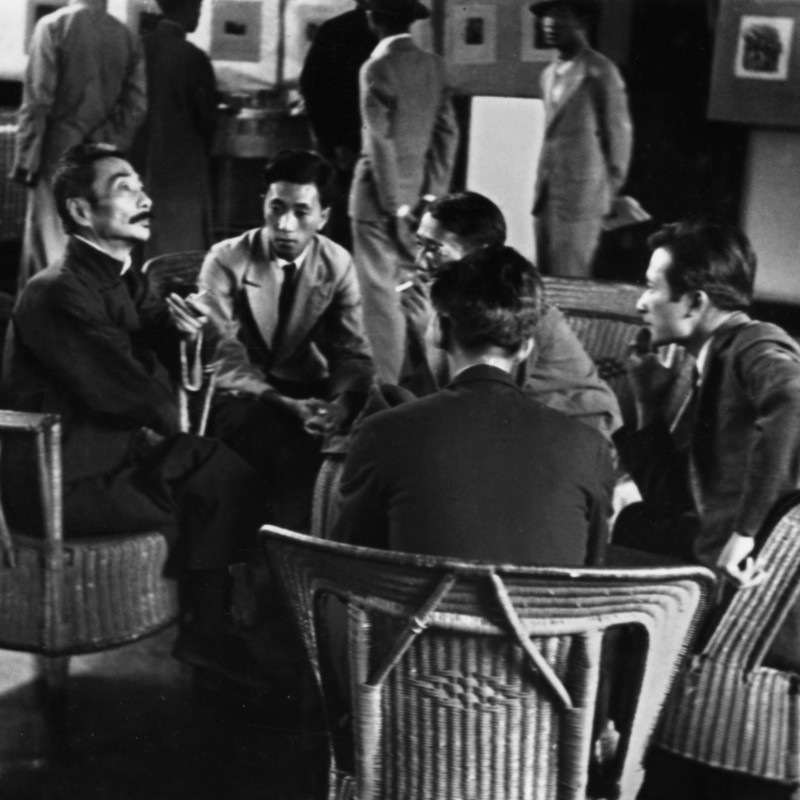
Sha Fei, Lu Xun and Young Woodcut Artists, 1936. Courtesy of Ms. Wang Yan, Thanks to the Art Museum of Beijing Fine Art Academy.
-
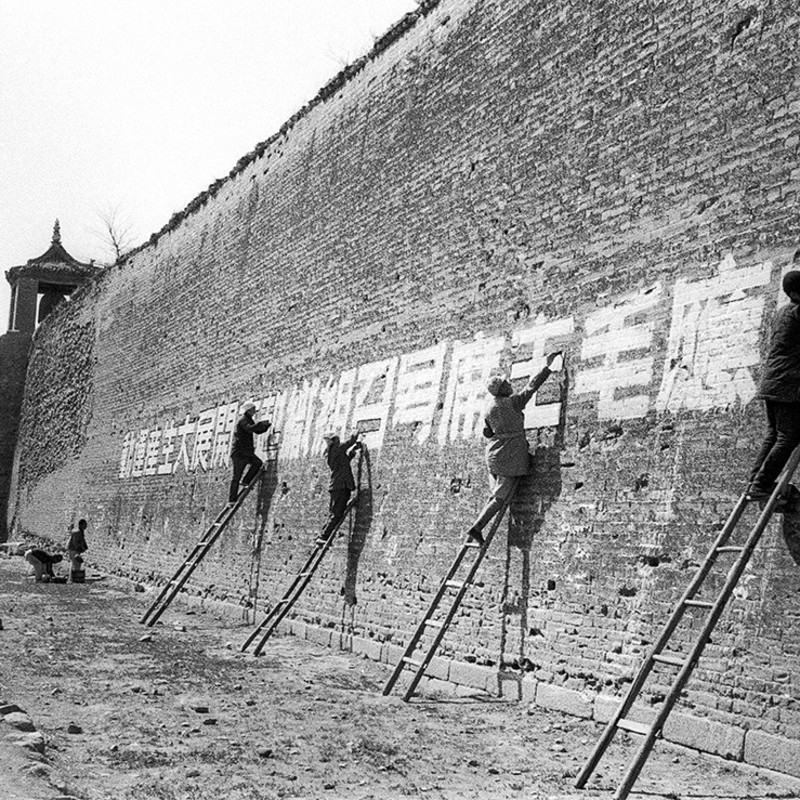
Sha Fei, Painting Political Slogans on the City Wall, 1945. Courtesy of Ms. Wang Yan, Thanks to the Art Museum of Beijing Fine Art Academy.
-

Sha Fei, Defending My Nation, Defending My Home, Courtesy of Ms. Wang Yan.Thanks to the Art Museum of Beijing Fine Art Academy.
-
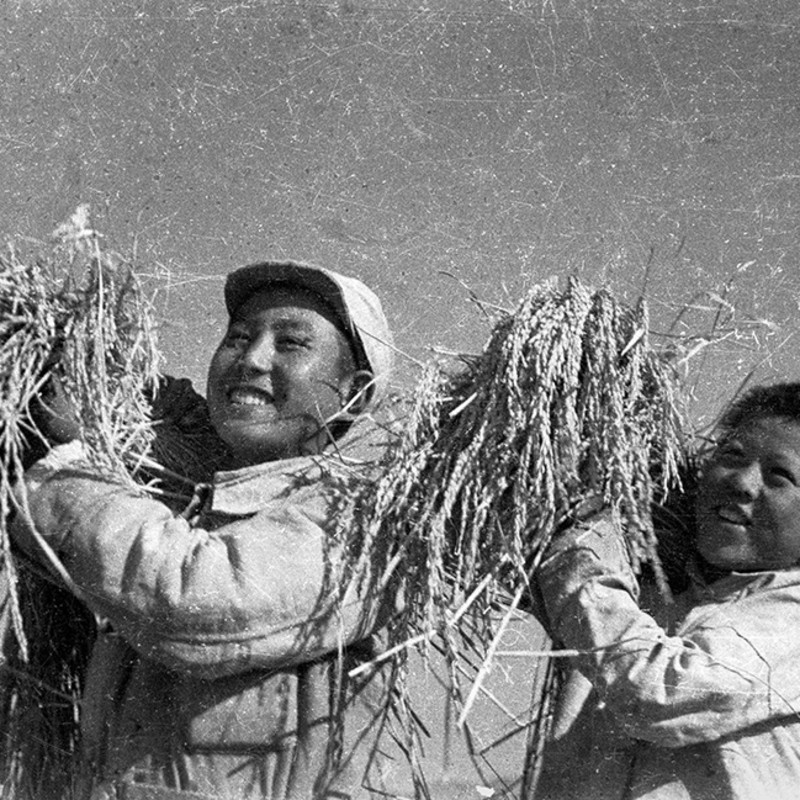
Sha Fei, Golden Rice, Golden Childhood, 1939. Courtesy of Ms. Wang Yan, Thanks to the Art Museum of Beijing Fine Art Academy.
-
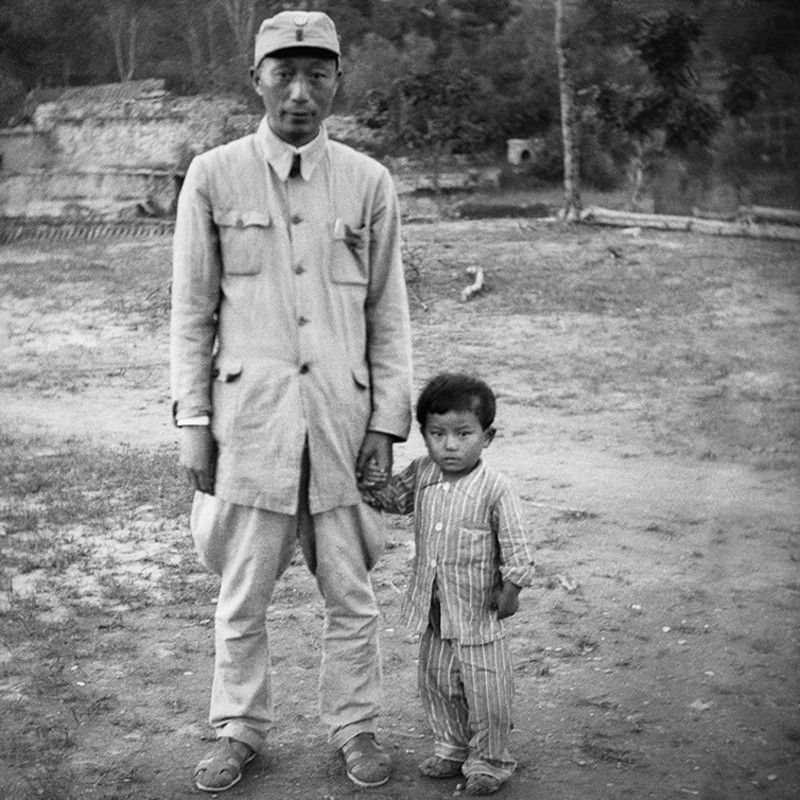
Sha Fei, General Nie Rongzhen with a Japanese Girl, 1940. Courtesy of Ms. Wang Yan, Thanks to the Art Museum of Beijing Fine Art Academy.


